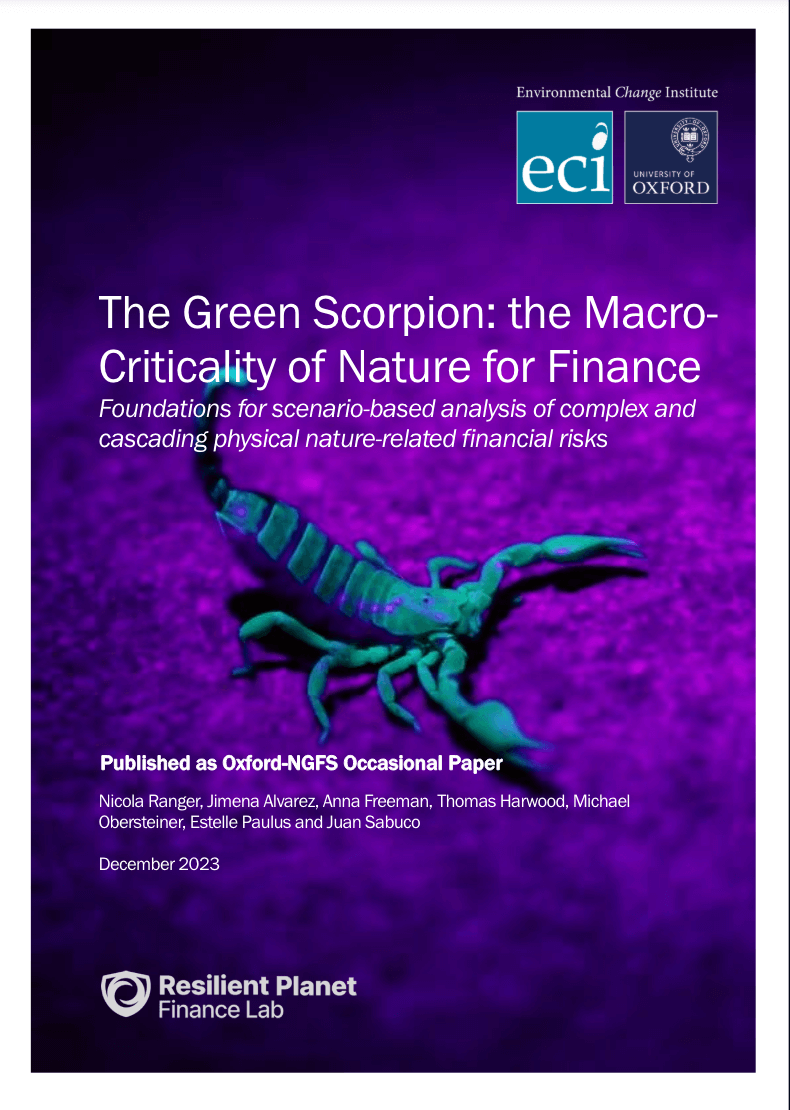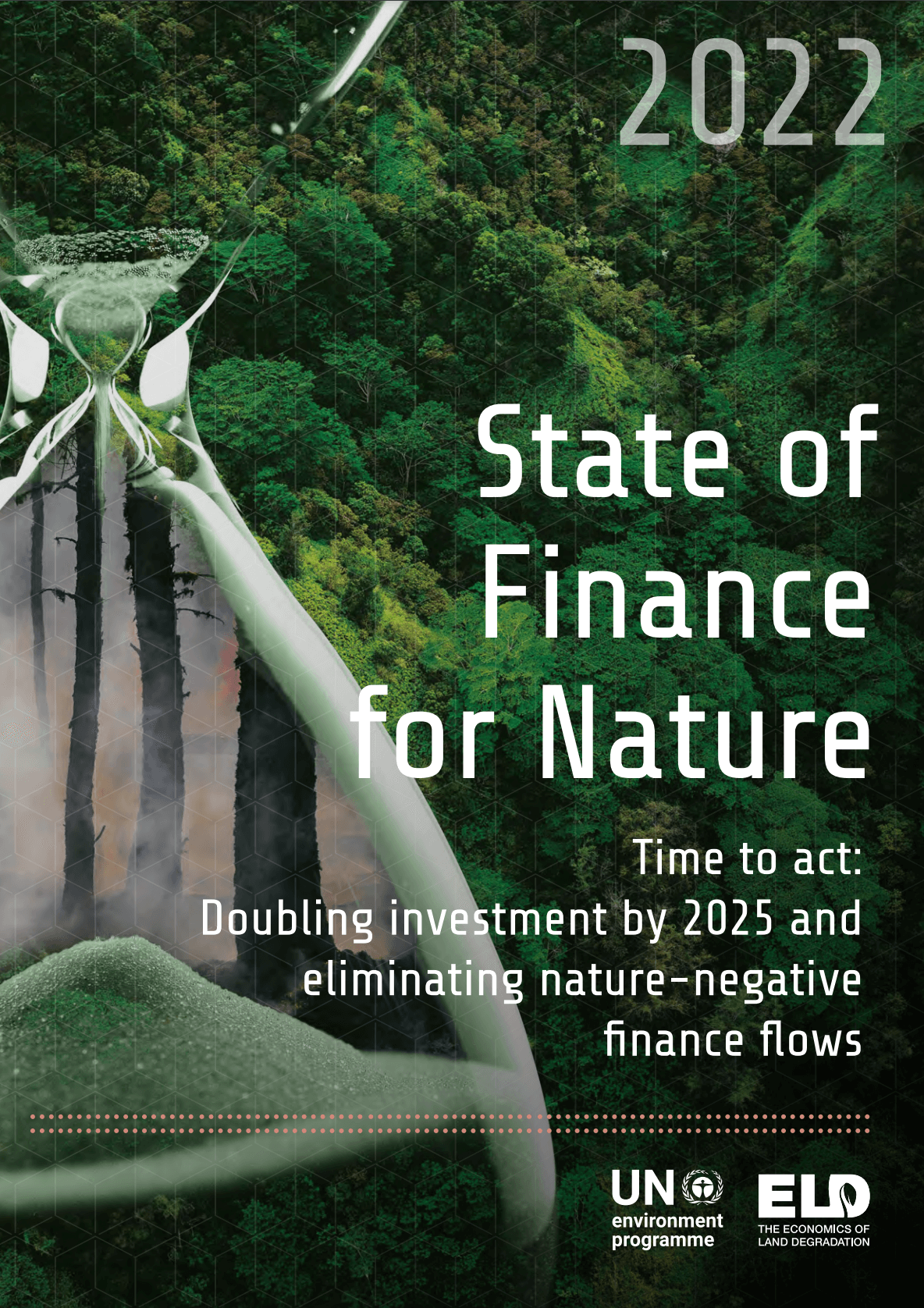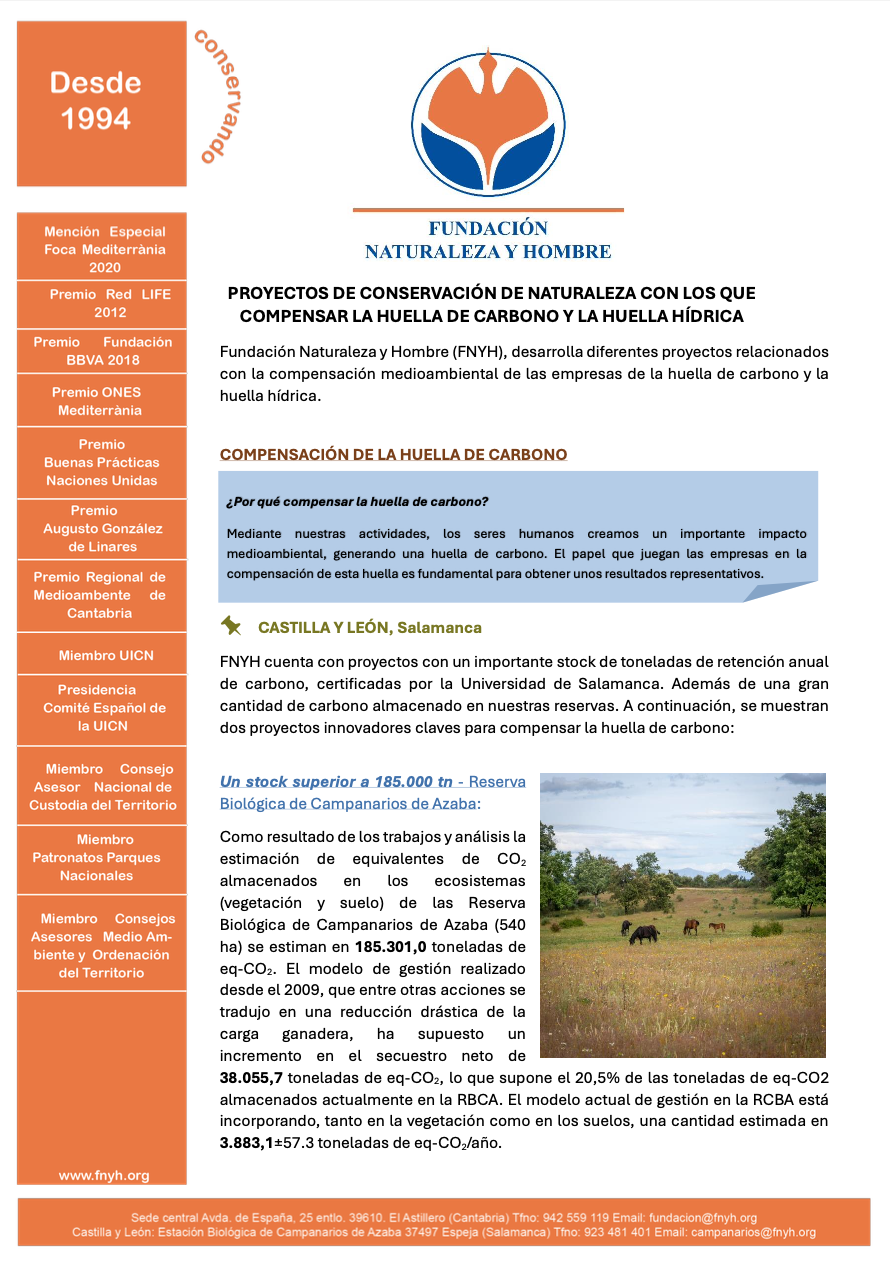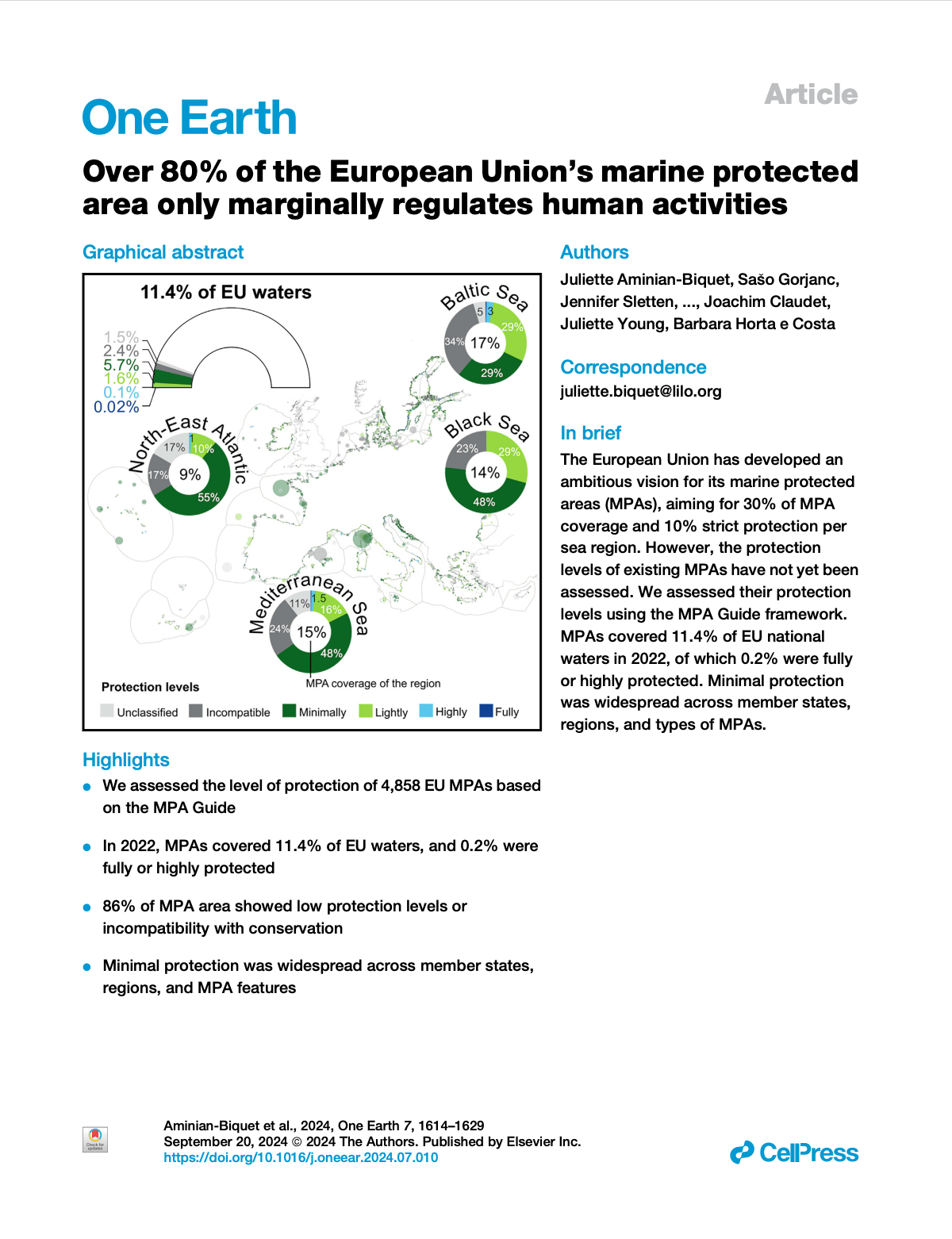Over 80% of the European Union’s marine protected area only marginally regulates human activities
Detalles
Our oceans guarantee our food, climate regulation and well-being, but they are greatly threatened by heatwaves, overfishing and the destruction of ecosystems caused by ever-expanding human activities. The European Union (EU) and its member states have designated marine protected areas (MPAs) as areas where the protection of marine biodiversity is a priority. The authors of this publication have identified that in 2022, 86% of the 11.4% of EU waters covered by MPAs showed light, minimal or no protection against the most harmful human activities, such as dredging, mining or the most destructive fishing gear. For EU MPAs to protect marine biodiversity, there is an urgent need to expand their toolkit to reduce pressures on marine ecosystems by regulating activities more broadly, thereby increasing their level of protection. The results of this research raise the question of how MPAs have been used and what decision-making processes would allow for the definition of common rules that guarantee the future of our livelihoods and ecosystems within and beyond the boundaries of MPAs. |
Recursos relacionados

The Green Scorpion: the Macro Criticality of Nature for Finance. Foundations for scenario-based analysis of complex and cascading physical nature-related financial risks
The main objective of this report is to draw on the science and economics of nature to help develop scenario…

State of Finance for Nature 2022
This report quantifies public and private finance flows for nature-based solutions and the extent to which funding flows are aligned…

FHYN carbon footprint and water footprint offset projects
The Nature and Man Foundation (FNYH) collects in this document information on different projects related to the environmental compensation of…


